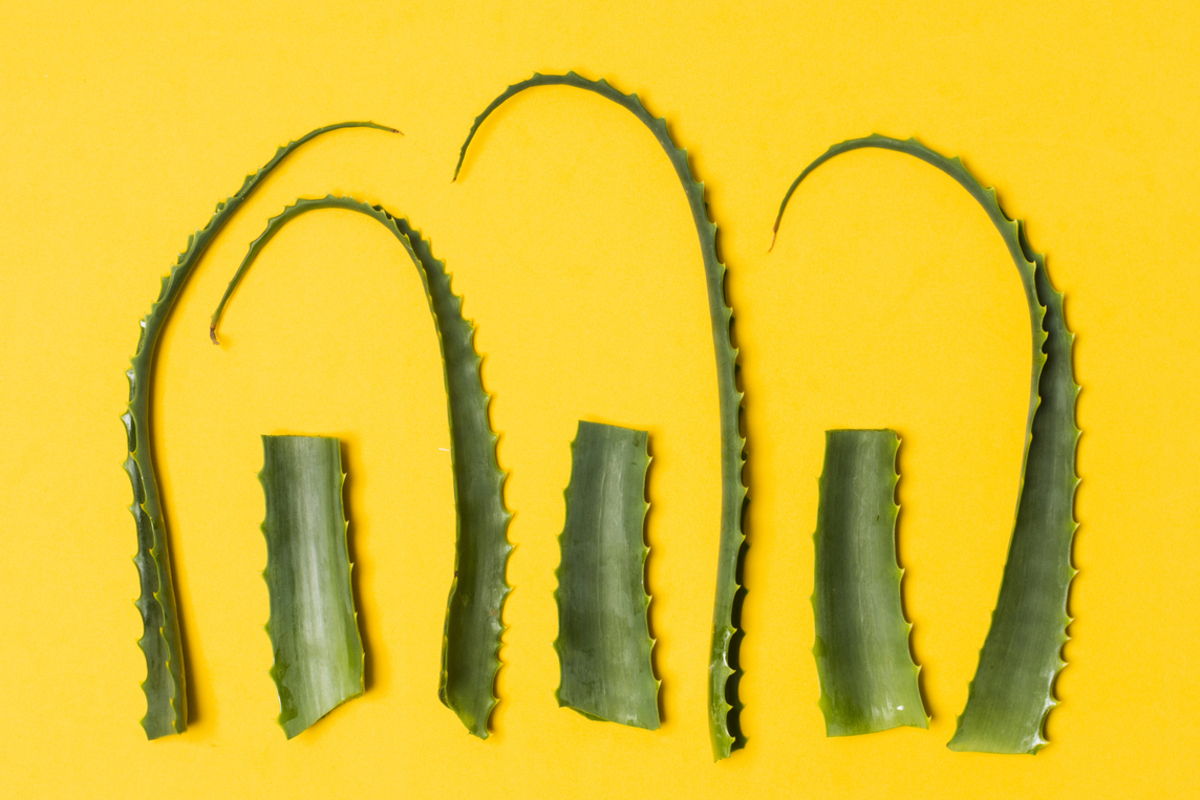Many patients with diabetes choose to supplement their treatment regimen with home remedies and therapies. Several commonly used herbs and spices are said to help normalize blood sugar levels. Some scientific studies have shown potential links between herbal treatments and better blood glucose control. However, if you do choose to use home remedies, you should only do so in addition to your doctor-recommended protocol.

1. Aloe vera
The pulp of aloe vera, a common plant, is thought to help repair and protect the pancreas, the organ responsible for producing insulin (which breaks down glucose). It is claimed that aloe vera can help slow the progression of type 2 diabetes. One study has shown that aloe vera can help repair cells of the pancreas, though there is no scientific evidence at this point to draw a conclusion on the utility of aloe vera in the treatment of diabetes. There are several ways you can consume aloe vera including drinking a juice or smoothie that has the aloe vera pulp added to it or taking it as a capsule.
2. Cinnamon
Cinnamon, a type of spice that comes from a tree, is added to many dishes as it adds sweetness without the addition of any sugar. Hence, many people with diabetes use cinnamon. One study found that using cinnamon was associated with an improvement in levels of glucose, insulin, fats, antioxidants, blood pressure, body mass and digestion.
However, studies have also shown that cinnamon did not have an effect on hemoglobin A1C levels, which measure blood glucose levels over a period of two to three months. As most studies that have looked into cinnamon for diabetes have not involved humans, there is not a lot of data on the efficacy of cinnamon in people. Therefore, scientists are continuing to investigate the use of cinnamon. Most people take cinnamon in the form of baked goods, teas, or as a supplement. As baked goods can be high in sugar and calories, it is best to consume cinnamon as a tea or a supplement.
3. Bitter melon
Bitter melon is a type of fruit that has been used in ancient China and India for centuries. There is some data to suggest that the use of bitter melon in diabetes treatment can help reduce blood sugar levels. People consume bitter melon in the form of its seeds, vegetable pulp, juice and supplements. Again, there is no sufficient evidence to support using bitter melon over conventional diabetes treatment.
4. Milk thistle
Milk thistle has anti-inflammatory and anti-oxidant properties thanks the presence of a compound called silymarin. Studies have shown that silymarin may improve some of the symptoms of diabetes and, as there are very few side effects, you can take it alongside your diabetes medication. You can consume it in the form of capsules.
5. Fenugreek
Fenugreek is a type of seed that can potentially reduce blood sugar levels. The seeds have fibers and certain chemicals that help reduce the rate at which people digest carbohydrates and sugar. Hence, blood sugar levels don’t rise as quickly. One study found that people with prediabetes (a condition that often precedes type 2 diabetes) who took powdered fenugreek seed were less likely to develop type 2 diabetes over the course of three years. Studies claim that seeds led to increased insulin, reduced blood sugar levels, and lower cholesterol. You can take the seed as an herb that is added to dishes. You can also add it to warm water, grind it and take it as a capsule.
6. Gymnema sylvestre
Gymnema sylvestre has been shown to help people with both type 1 and type 2 diabetes. In patients with type 1 diabetes, Gymnema sylvestre helps reduce blood sugar levels and in type 2 diabetes, the herb leads to a reduction in blood sugar levels and higher insulin levels.
7. Ginger
Ginger, a very common herb, can help lower blood sugar levels. One study showed that use of ginger led to reduced blood sugar levels without lowering insulin levels. Thus, researchers suggest that ginger can be beneficial for patients with type 2 diabetes. However, researchers are unsure why, and more research on this topic is needed. People usually take ginger in the form of tea, by adding ginger root to cooked food, using it as a supplement, or drinking it in ginger ale.
8. Garlic
Garlic is thought to have antioxidant properties and some studies have linked its use to improved blood glucose and insulin levels. Studies have shown that consuming garlic leads to a reduction in glucose, increases the secretion of insulin, and slows down its degradation.
9. Ginseng
Ginseng is thought to lead to a reduction in fasting blood glucose levels. There are several different varieties of ginseng from different parts of the world.
10. Other, less commonly used herbs
- Bauhinia forficate, a South American herb, which helps lower blood glucose levels.
- Coccinia indica, found in the Indian subcontinent, has properties that mimic the role of insulin.
- Ficus carica, also known as fig-leaf, helps increase glucose uptake.
- Ocimum sanctum, an herb, can help improve blood glucose levels by enhancing the function of cells that produce insulin.
Conclusion
- Poss, Jane E., Mary Ann Jezewski, and Armando Gonzalez Stuart. "Home remedies for type 2 diabetes used by Mexican Americans in El Paso, Texas." Clinical Nursing Research 12.4 (2003): 304-323.
- Arcury, Thomas A., et al. "Complementary and alternative medicine use as health self-management: rural older adults with diabetes." The Journals of Gerontology Series B: Psychological Sciences and Social Sciences 61.2 (2006): S62-S70.
- Chang, Hsiao‐yun, Marianne Wallis, and Evelin Tiralongo. "Use of complementary and alternative medicine among people living with diabetes: literature review." Journal of advanced nursing 58.4 (2007): 307-319.
- Photo courtesy of SteadyHealth


Your thoughts on this